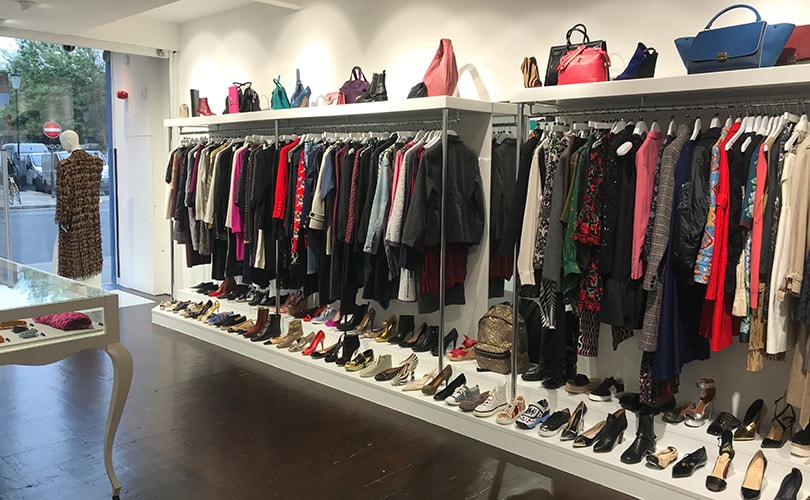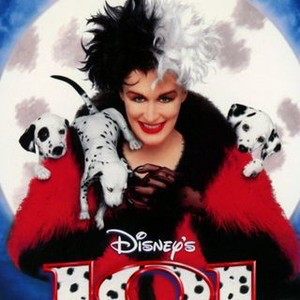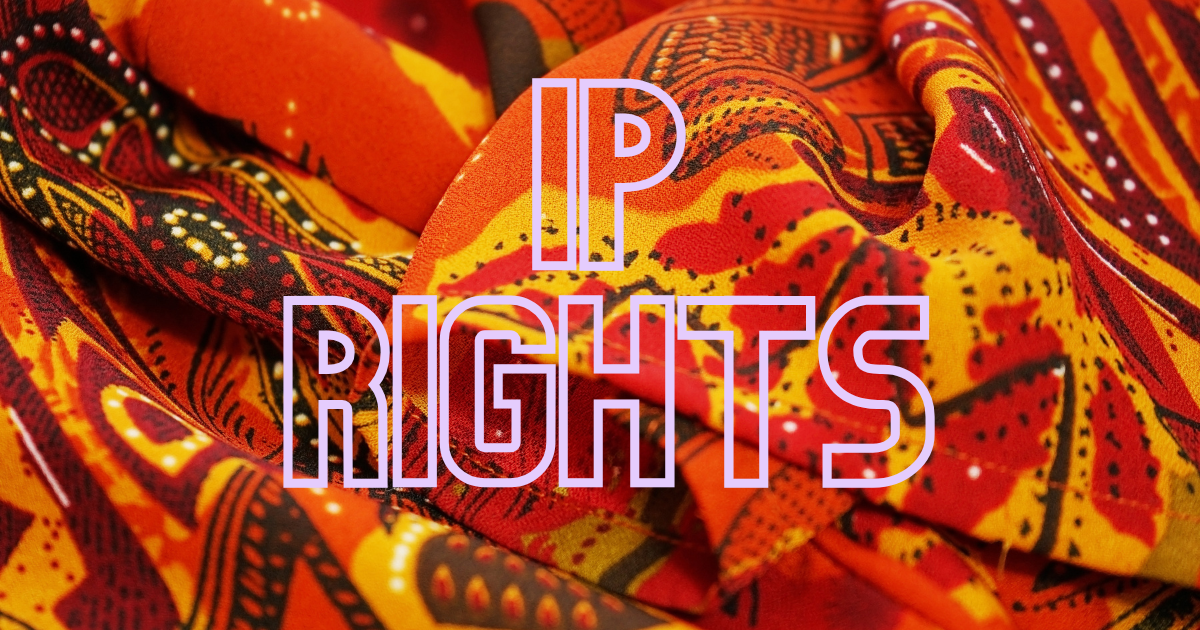The digitalisation and the change in consumer needs have evolved over the decades. The birth of luxury fashion has introduced the arrival of exclusive luxury brands. The luxury fashion brands have adapted gradually but gracefully with the changing needs of market. Luxury is characterised by high level of quality, exclusivity and usually bought by individuals of a higher social class. Luxury brands are different from Premium brands, which provide high quality but seek to sell to everyone who can afford it. However, luxury brands on the other side, do not seek to serve masses, nor do they want their products to be readily available, even at high prices. Exclusivity and scarcity plays a major role for luxury brands to function with other characteristics being, craftsmanship, sophistication, creativity, agelessness and superior performance. Luxury brands are dream builders; they boost the confidence of customers by making the best quality product available to customers that is reliable and won’t let the person down while making them stand different from the crowd.
Luxury brands like Hermes, Burberry, Cartier, and Ralph Lauren has evolved following their successful brand strategies[1], experiential retail practices, managerial strategies, sustainability, quality quotient and social media marketing strategies as discussed below:
- LUXURY MARKET STRATEGY
Luxury fashion brands uses burgeoning fashion brand strategies for creating exclusivity for high-end products. They are known for their detailing, packaging and an excellent supply chain management. These brands decide on what design, what products to push at what time, and with a stock quantity that will be just enough to satisfy the market demand. According to an international report, the clothing industry is about to grow by up to 50% by the year 2025 making its total worth over $2.25 trillion[2]. The good quality, reliable operations and logistics is the key for successful survival of luxury brands. These brands while delivering a quality experience creates credibility in the minds of their customers.
Steve Jobs once said, “Packaging can be theatre, it can create a story”. The saying is perfectly followed by the luxury brands as their packaging is just as beautiful as their products. Every set of packaging is breathtaking; there is no compromise on the amount of money invested in packaging of their products to look unique from the generally packaged product. The luxury brand strategies are perfectly imbibed by the managerial team behind the success of these brands.
The pioneer of luxury brands like Hugo boss’s brand strategy is divided into 2 sub-brands namely HUGO and BOSS, where HUGO is young and hipster while BOSS is more mature and premium. Louis Vuitton on the other hand is redefining the meaning of luxury by playing an edge by collaborating with street wear brands. These luxury fashions are habituating to the changing needs of the society while keeping in mind the benchmark with which they work.
- EXPERIENTIAL RETAIL PRACTICES
The retail stores of these luxury brands make sure that every customer is given the best possible hospitality once they enter the retail stores. They make sure that the customers get high quality experience with personalised team of experts guiding them at each step. Even the after sales services are customer friendly.
- MANAGERIAL STRATEGIES
Their motto is to be creative, bold and different. Over the years many brands have adjusted to customer needs but luxury brands make sure that they remain classic and timeless without changing to the needs of market. They usually make sure that their customers are enthusiastic and willing to invest in a particular product which is exclusive and emphasis symbolic values. These brands deliver uncompromised superior products by following the unchanging core of values and keeping total confidence in their products and costumer centric approaches.
- SUSTAINABILITY
The use of eco-conscious materials like organic cotton, vegan leather, hemp and bamboo fibres have made responsible customers to choose luxury over ordinary. Today with the alarming rise in pollution and global warming, luxury brands are making every possible effort to be sustainable and be responsible to the mother earth by using eco-friendly fibres and products which do not damage the environment.
- QUALITY QUOTIENT
The narrative of luxury fashion brands work on the fundamental principle of “less is more”. Their timeless classic products have always been the choice of the high classes. These brands are the perfect blend of classy, trendy and minimalistic. As they do not compromise with the quality of their products just to deliver the product under the price.
- SOCIAL MEDIA MARKETING
Luxury fashion has evolved gradually in this arena of fast changing fashion except for one rapidly acceptable change i.e. Technology. These brands embraces technology and keep their social media accounts up to date. They are also consistent in delivering services by keeping latest technology available.
Speaking of advertisements, the role of advertising in the luxury context is not just to sell their products, namely they usually provide or demonstrate a pure visual instead of emphasizing on some functionalities of a products. Take for example the Cartier advertisements for instance, they usually demonstrate with a panther in the middle with a classic Cartier box. They showcase an image which is not advertisement rather a representation of the Cartier spirit influenced with luxury.
CONCLUSION
The luxury fashion has evolved in the recent years with the introduction of technology and changing fashion needs. To be at the top of the market, luxury brands are trying their best possible strategies to be exclusive. They are putting their best efforts, be it marketing, managerial skills, supply chain managements or retail services. Luxury brands are aiming towards building up brand awareness strategies by reminding their consumers to choose their dream brands without adjusting on average products. Customers of these luxury brands are usually educated people who are ready to pay more while getting the value and exclusivity beyond comparison. And these brands are making sure every dream of their customers is achieved by wearing the high end products by walking around confidently.
[1] The Luxury Strategy by Vincent Bastien/ Jean-noël Kapferer
[2] https://www.awlindia.com/blog-top-supply-chain-issues-in-the-fashion-industry

















